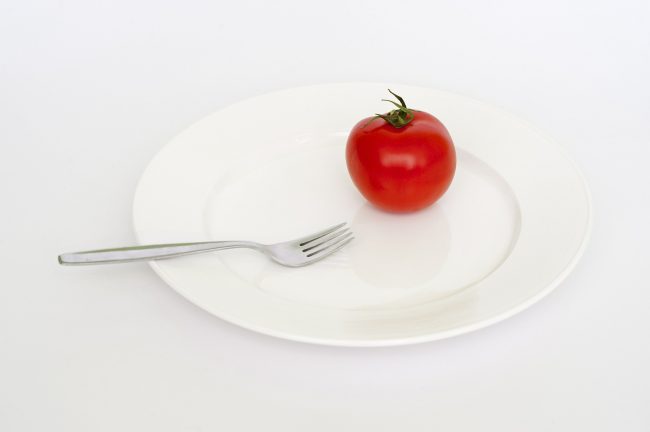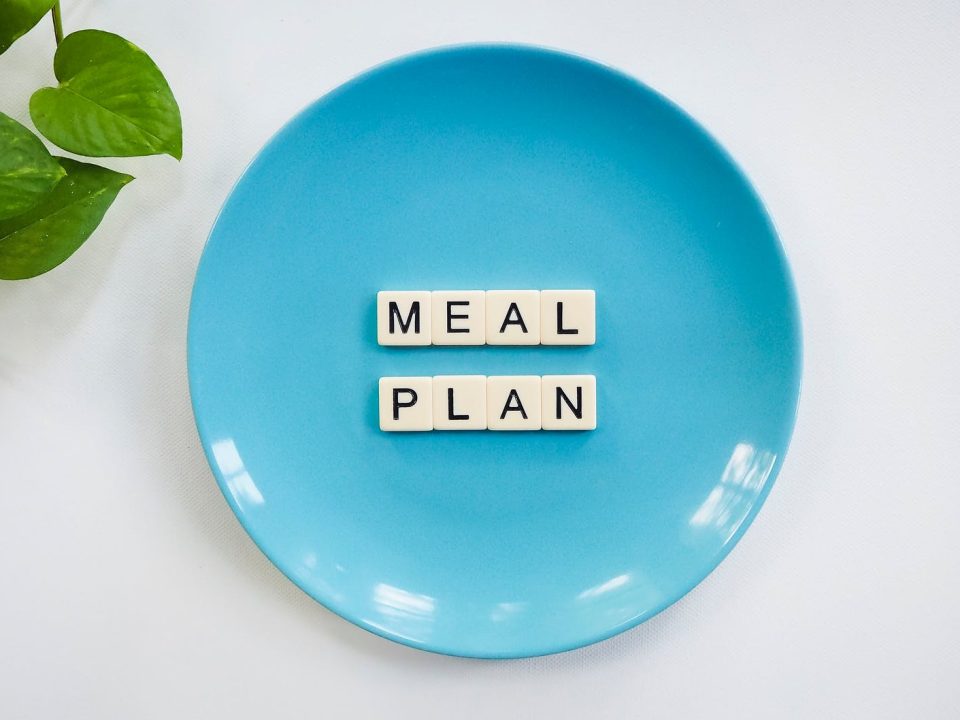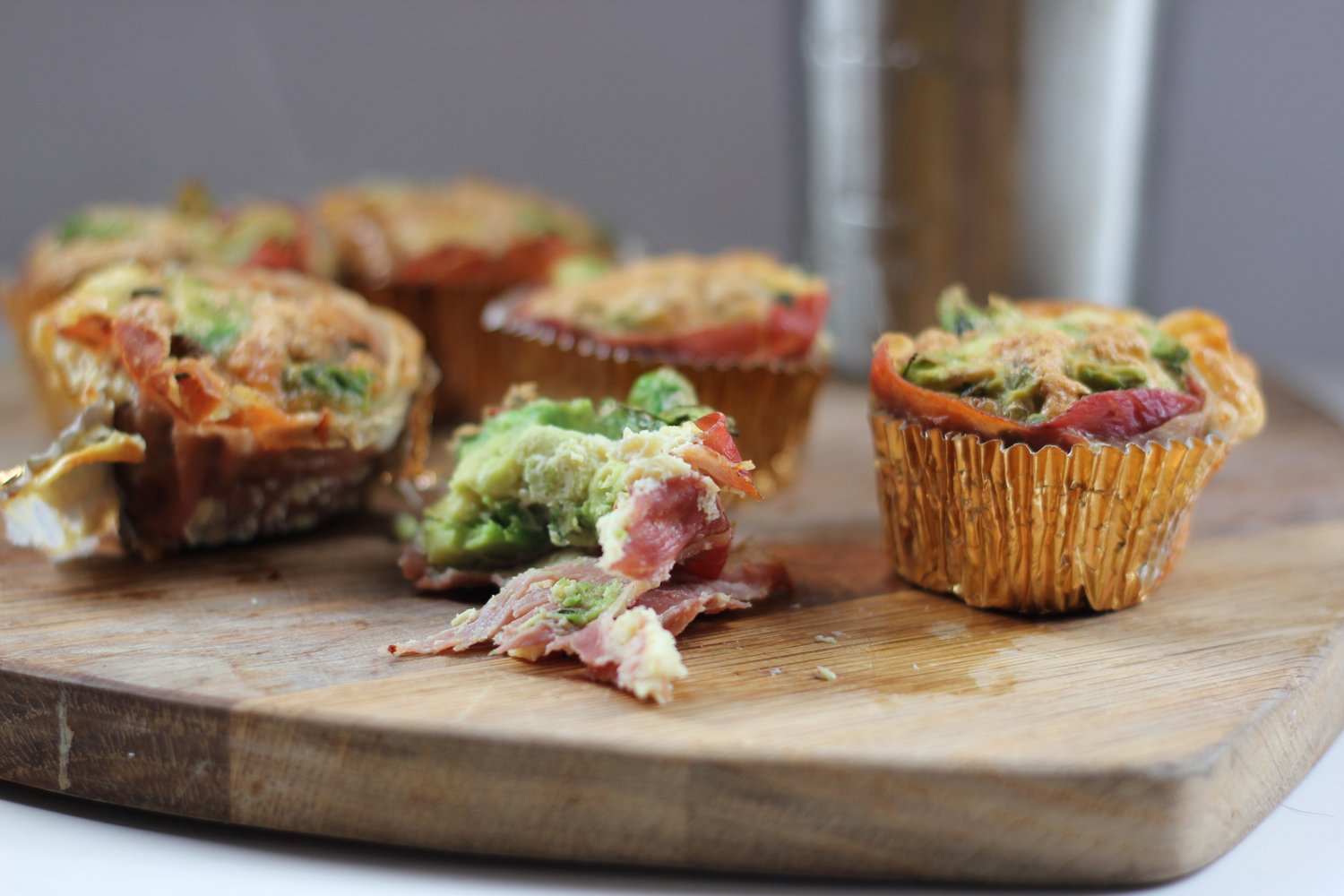Retro Chick's Got a Brand New Bag
January 23, 2017Rhubarb Vodka Sour
January 25, 2017For a long time when I started this blog I would complain frequently about how I had no idea how to manage my diet in conjunction with my high activity levels.
NHS guides would assess my weight and direct me to a couch to 5k program (while I was training for a Half Marathon) and advise me to eat less pizza (well duh). Most of the information I could find online advised absurdly low calorie counts that left me feeling terrible and headachey after 3 hours of training. Alternatively they simply advised “clean eating” which is lovely, but if you’re anything like me that means “eat as much as you like of stuff that looks healthy”, it also means “Ooops, I ate crisps, they’re not clean, better give up for the day and eat a pizza too”.
I found it incredibly difficult to find a way that enabled me to eat well, gave me the energy for long work outs, and allowed me to manage not only my weight, but my lack of self control around food. Then, some point early in 2015, I came across IIFYM (If It Fits Your Macros), also known as flexible dieting.

What is IIFYM
IIFYM is basically a way of managing your diet by calculating your calorie needs based on your activity levels, but also your daily allowances of protein, fat and carbohydrates to make sure you are meeting your macro nutrient needs for your body.
You can be as super strict or as casual with it as you like and it enables you to not only manage weight loss, but also weight gain and maintenance as suits your current training goals. It’s often used by body builders and figure competitors who may bulk up to gain muscle, and then cut to get rid of body fat and show off the muscle they’ve built.
With IIFYM you can eat as often as you like and whatever you like as long as it fits your Macros. In popular imagination that seems to boil down to eating lots of Pop Tarts, but in actual fact it would be pretty hard to keep within your fat macros and hit your protein macros if you ate a lot of Pop Tarts.
For me IIFYM allowed me to plan 3 meals a day that were pretty healthy, breakfast smoothies, wraps and grains for lunch and meat and carbs for dinner. But it also allowed me to build in treats. If I wanted a chocolate bar it wasn’t “off plan” (and therefore “doesn’t count, oh well”) instead I just reduced the fat and carbs I would eat throughout the day to fit it in, steak and salad for dinner, maybe, instead of potatoes.

How to Calculate Your Macros
There are many websites out there with calculators available. Personally I used IIFYM.com. Another way I have read to calculate your Macros is to start with 10x body weight in lbs for Calories.
If you’d like to do this yourself, then you can get a bit more scientific with your basic energy requirements than just “10x bodyweight in lbs then work it out by trial and error”.
Here’s how:
Work out your BMR
The calculation for women is 655 + (9.6 X weight in kg) + (1.8 x height in cm) – (4.7 x age in yrs)
So my BMR works out as 1461 calories a day.
You then work out your Total Daily Energy Expenditure (TDEE).
A sedentry job and no exercise? 1.2 x BMR
Light exercise or sport 1-3 days a week? 1.375x BMR
Moderate exercise or sport 3-5 days a week? 1.55 x BMR
Heavy exercise or sport 5-7 days a week? 1.725 x BMR
Extremely active, physical job or training 2x a day? 1.9 x BMR
Using this method my TDEE is 2264 calories a day to maintain my current weight. Knock off 15-20% of those calories if you want to lose weight, making my starting calories 1925.
Once you have done this you need to calculate your requirements for protein, fat and carbs. Your protein requirements at can be worked out at .8g per lb of bodyweight, fat at a minimum of .4g per lb for women, and then fill the rest up with carbs. An example would be if you weighed 150lb, start at 1500 calories for weight loss, 120g of protein (150 x 0.8) and 60g of fat (150 x 0.4) and the rest carbs. Protein is 4 calories per gram and fat 9 calories, so this would leave you with 120g of carbs per day. If you lose weight too fast, or too slow, then you can adjust your calories and carbs up and down.
That might sound like a lot of maths, but I’m happy to spend a few minutes on maths if it gives me bonus calories so I can eat more peanut butter and cheese.
You’ll need to recalculate your macros every time you lose 5-10lb, or when you decide you’d like to maintain your weight or go on a bulk.

How to keep track of your Macros
Once you have those numbers you want to try and hit them to within +/- 5g a day. This is the bit that can take some calculation. I use MyFitness Pal to track my numbers, and I pay for the premium version so I can change my numbers. There are other apps out there that do the same thing.
Not going to lie, without an app it would be way harder. IIFYM is kind of a high-tech diet. If you were trying to do this the old school way with a pen and paper you’d have to plan all your meals in advance and you’d need to know all the macros in foods like potatoes.
Thankfully we live in the digital age and all I ever did was write my meal plan in advance and plug it into MFP. Then I would identify if I needed to eat more protein or less fat and add snacks, or fiddle with the amount I ate at each meal till I came close to my macros. You can be pretty lax about it. If I’m feeling unmotivated I might just aim for around 120g of protein and to stay under my calories. I don’t worry too much about the rest. Or you can be super strict and obsessive of course, but frankly I don’t recommend that!
The other thing I did was to make a couple of slight alterations. I’m still a pig at the weekend, so I ate lower Macros Mon-Thurs. I used the extra to give myself some bonus macros at the weekends when I have a tendency to eat more, and also a long training session on the Saturday.

The Pros
IIFYM might still be a “diet” but I never felt like I was trying to hit the lowest number possible. Instead I felt more like I was trying to hit those numbers as a goal. If I wanted to go out for dinner I might do a little forward planning, but I wasn’t restricted to just eating pasta and a tomato sauce like many diets advise you to do. I could eat whatever I wanted, as long as it fit. That might mean eating lighter the rest of the day, but I could normally eat something far more interesting than salad.
Also keeping an eye on my macro nutrient intake meant that I couldn’t actually fill the whole day with junk. I had to eat fruit, vegetables and lean meats to hit my targets. It just meant that if I had carbs left over and I wanted to eat biscuits, I could.
The biggest pro for me was that it gave me enough energy to do my workouts, while also losing weight and gaining or maintaining muscle.
The Cons
It can be a little fiddly to hit all your numbers, and if you’re pre-disposed to any kind of eating disorder it can be easy to start to obsess about the numbers.
As with any “diet” it still relies on you sticking to it (boo) and you will need to be willing to plan your meals in advance and stick to your plan if you’re going to have any success. You’ll also be needing a decent pair of scales to weigh your food. Some people go as far as carrying portable scales. Unless you’re planning on taking part in a body building competition, that sounds extreme to me!
As IIFYM is associated with weight lifting and body building there are also an awful lot of “bros” out there. I am in the IIFYM and IIFYM Women Facebook groups and the main IIFYM one can occasionally make me want to resign my gym membership and go and live in a hut somewhere.
Helpful Links





1 Comment
[…] not going to pretend this is healthy, but hey, if it fits your macros! I had it for lunch after a really tough training session and it was delicious. At least the low […]